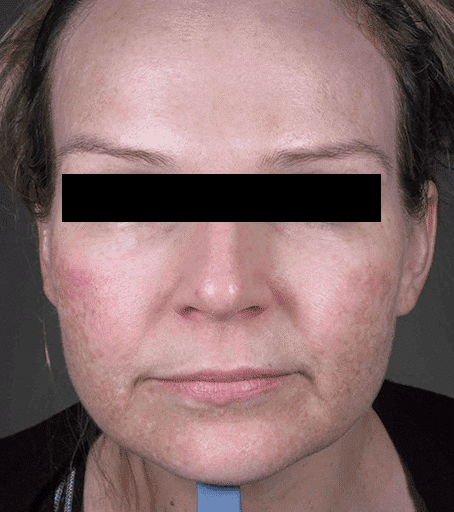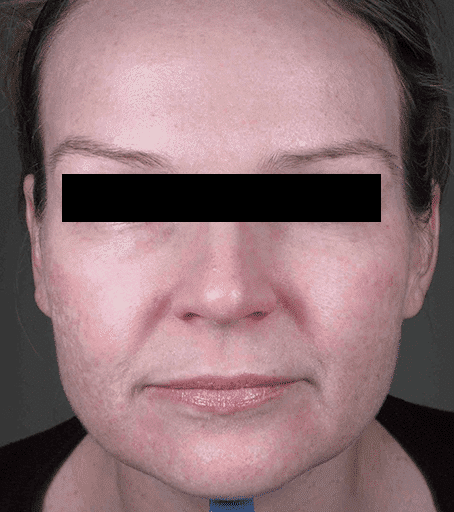
-subcision is a minimally invasive procedure-deep rolling and atrophic Acne scars are best treated with subcision-dermatologists and plastic surgeons perform This surgical procedure-Minimal discomfort is experienced during The procedure










Subcision, also known as subcutaneous incision, is a dermatological procedure developed in 1995 that involves using specialised tools to release fibrous bands of scar tissue beneath the skin. These bands often create a ripple effect on the skin's surface, causing deep, rolling acne scars to appear. By freeing up these bands, subcision can help raise the scar and improve the overall appearance of the skin's texture.

To begin with, your dermatologist will examine and map out your scars to determine which type of scars will be responsive to subcision treatment.
Subcision is typically performed under local anesthesia.

The effectiveness of subcision treatment largely depends on the skill and expertise of the surgeon performing the procedure. Various subcision variations include:
The duration of the procedure can range from 5 to 40 minutes, depending on the severity of the acne scarring.

Subcision is particularly effective in treating rolling scars, which are characterised by wave-like depressions visible even under normal lighting. These scars are caused by fibrous bands lying beneath the skin's surface and respond well to subcision treatment.
Deep ice pick scars and boxcar acne scars can also benefit from subcision, as the fibrous bands in these types of scars extend deeper into the subcutaneous layer.

Yes, subcision can be performed on individuals of all skin types and ethnicities since the treatment works beneath the surface of the skin. In some cases, additional techniques may be employed alongside subcision to address scar revision, such as hybrid lasers, RF microneedling, TCA peels, and dermal fillers. The specific devices and techniques used will depend on the patient's skin tone.

Most patients receive nerve blocks, local anesthesia, and numbing cream before the procedure, ensuring that it is generally painless. We take patient comfort seriously and strive to minimise discomfort during and after treatment.
Following subcision, patients may experience a dull ache and swelling, which typically takes between 3 to 7 days to subside.

Your dermatologist will provide you with an estimated recovery time, which can vary depending on the extent of treatment. The downtime can range from 1-2 days for limited point subcision to 8 days for multi-level field subcision. Since subcision involves a keyhole incision, the overlying skin remains unharmed.
In many cases, the duration of downtime is influenced by secondary procedures such as TCA and laser resurfacing, rather than the subcision procedure itself.

The outcome of subcision treatment can vary depending on the specific subcision technique and instrumentation used, as well as the amount of scar tissue and collagen loss.
Typically, patients can expect to see a visible improvement of over 50% within 3 to 7 days following treatment. This improvement will continue to develop over time. In most cases, multiple sessions of subcision treatment (usually 2-4) are required to achieve optimal scar revision results.

The outcome of subcision treatment can vary based on several factors, including the surgeon performing the procedure, the technique used, and the instrumentation employed.
Dermatologists and plastic surgeons are specially trained to perform surgical procedures safely, effectively, and efficiently, which is critical in achieving optimal results.
Other factors that can affect the outcome of subcision treatment include the specific instrument used (sharp vs blunt), the immune response of the patient, and the amount of background inflammation present (such as active acne).

In the context of treating deep rolling acne scars, surgical subcision is generally considered the primary treatment of choice and tends to produce better outcomes than machines, including state-of-the-art lasers.
While lasers and microneedling may be effective in improving the appearance of many types of scars, they are not as specific as subcision for treating deep rolling acne scars. Ultimately, patients are free to choose the treatment that best suits their needs based on factors such as cost, invasiveness, and personal preference.
For all appointment enquiries, medical referrals and urgent enquiries please contact us at info@scarsandlasers.co.nz or (09) 524 5011.
